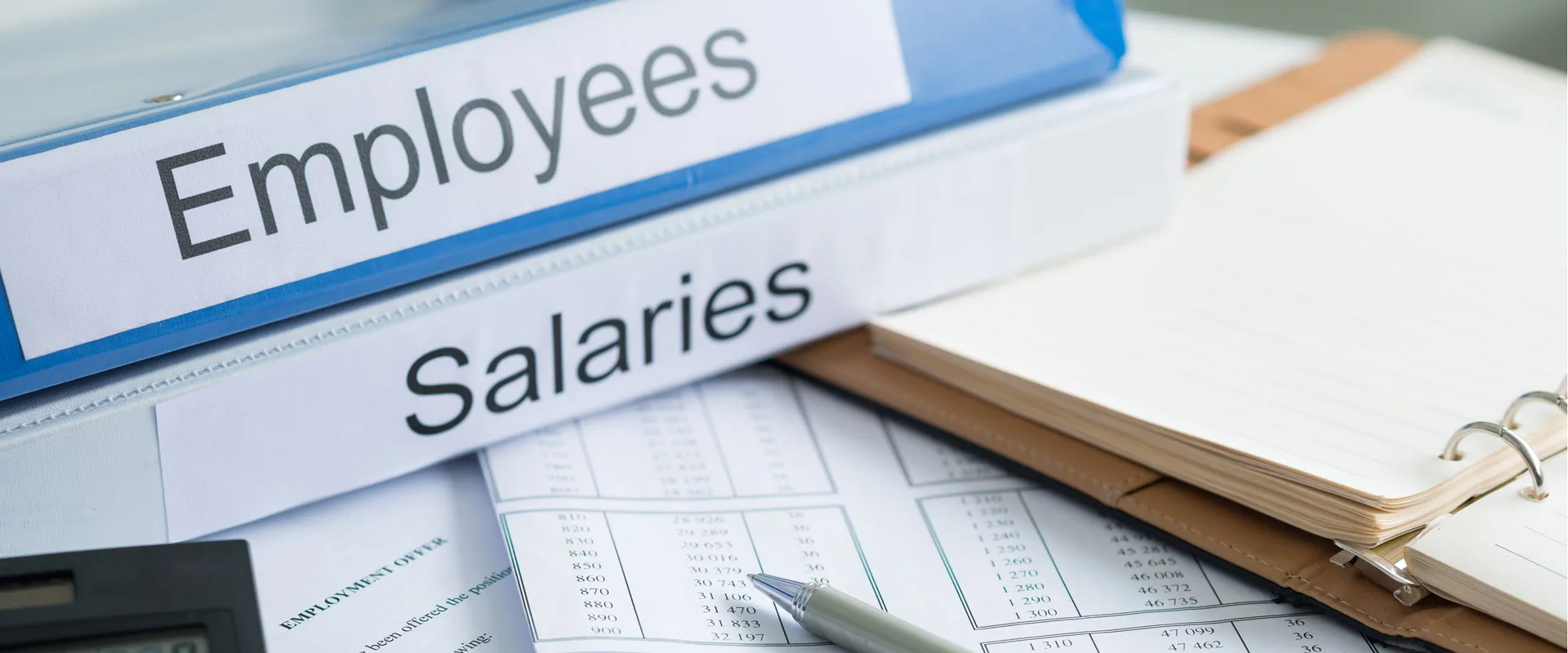As a business owner, you have put in a lot of effort to establish and grow your business into a profitable venture. Perhaps, in the initial years, you reinvested all the profits back into your business to promote its growth. Now that your business has stabilized, you may be considering taking some profits out of your business. It’s important to have a good understanding of the tax implications before withdrawing any money from your business, especially when you have engaged services like small business accounting. This article explores some of the commonly used tax-efficient methods that business owners can employ to withdraw funds, money from their business.
Withdraw Funds from Compensate yourself and your family
As a business owner, compensating yourself is akin to paying an employee. If your family members are part of your workforce, they can receive a fair wage or salary. This is particularly advantageous if your family members have limited or no other source of income. In this scenario, a “fair” wage would be similar to what an unrelated third party would receive for the same position.

Rewards through taxable dividends
One way to distribute corporate funds to you and your family members is by paying dividends (though this does not reduce corporate tax). To make this a tax-efficient approach, you, your spouse, and your children must have direct or indirect ownership of shares in the company (such as through a trust or holding company). However, before any distributions are made, it is important to consider the Tax on Split Income (TOSI) rules and the company attribution rules.
Converting “Hard ACB” to cash
When purchasing a business from someone else, the shares you acquire may have a “hard” adjusted cost base (ACB), which becomes important when considering withdrawing cash from the business. “Hard ACB” refers to the amount paid for the shares at the time of purchase, and it can potentially be converted to cash (or debt that can be repaid later) through a holding company. This allows you to access the invested capital without incurring taxes.
Repaying Shareholder Loans
If you have lent funds to your business to finance its startup or growth in the form of a shareholder loan, now that your business is profitable, it might be a good time to consider whether it will repay all or part of this loan. When you receive any amount upon the liquidation of your shareholder loan, it will be a tax-free distribution, much like a return of equity.
Consider paying a capital dividend.
You may also want to explore the option of paying a dividend from your company’s capital dividend account (CDA), which could be an untaxed distribution. The CDA is essentially a notional balance that typically represents a tax-free portion (currently 50%) of any capital gains (or similar income) earned by a private company from managing capital assets, both tangible and intangible.
Also read: Essential Information on Payment Dates and Benefits
What if my capital dividend account has a very low balance?
If your company has a small balance in its capital dividend account, you may consider making an internal sale of the company’s assets with unrealized capital gains. By doing so, you can create a capital dividend account that can be distributed as a non-taxable capital dividend. While taxes are still payable on the profits made by the company, distributing a combination of taxable dividends and equity can be a more advantageous option than simply paying a taxable dividend.

If you are unable to repay the shareholder loan, you may consider paying interest on the loan as a way to account for it in your small business and estimate future returns. However, it is important to keep in mind that any interest paid will be deductible to the company but taxable to you as investment income. Additionally, the taxation of interest income received by individuals from private companies may be subject to the TOSI rules in certain circumstances where the highest tax rate applies. Therefore, it is essential to evaluate whether the TOSI rules apply before paying any interest to avoid potential negative tax implications.
If you need to withdraw cash from your business, it is crucial to plan ahead and consider the most tax-efficient methods. While there is no guaranteed way to withdraw funds from your business without paying taxes, taking the time to plan and utilize the strategies discussed above can help you minimize the amount of tax you are required to pay.
Also read: Essential Information on Payment Dates and Benefits
Factors to Consider When Selecting a CPA Accounting Firm
As a business owner, you’re aware that tax laws change every year, making it challenging to make sound financial decisions without understanding the new regulations. Hiring a CPA accounting firm in Toronto can be a smart move to take your business to new heights. Toronto accountants not only keep up with new tax laws, but they also offer financial advice, assist with budgeting, and help you establish long-term financial goals. However, there are several factors to consider when selecting Toronto bookkeepers. Here are some of them.

-
1.Qualifications
- Before making your hiring decision, it’s important to determine the degrees, professional certifications, or training that the accountant possesses. Not all Toronto accountants offer the same services, and some financial services require licensing. If your chosen CPA lacks the required license, you may need to hire another professional in the near future. Rather than exposing your financial records to multiple CPAs, it’s better to select one with the necessary qualifications both presently and in the future.
-
2. Cost
- The fees for bookkeeping services in Toronto may differ depending on the firm. Some companies charge by the minute, while others charge by the hour. There are accounting firms that require a retainer for advisory services, and others charge a set amount for each financial task they undertake. For instance, they may charge a fixed rate for creating a profit and loss statement, submitting a personal income tax return, or preparing a statement of net worth. Before hiring, it is crucial to clarify how they determine their fees and how much they charge. If their fees make you uncomfortable, it is recommended to search for other alternatives.
-
3. Audit Support
- The worst scenario would be hiring Toronto bookkeepers who will not support you when the Canada Revenue Agency (CRA) shows up. An audit can be quite challenging, but having an accountant by your side can make the whole process less stressful. Certain accounting firms even offer their offices for audit purposes, with an accountant to assist you in facing the CRA. Regardless, you must ensure that the accounting firm you select supports you and will be there for you during these difficult times.
-
4. Accessibility
It is essential to choose an accounting firm that values your business and places it as a top priority. If the CPA you select is always busy and unavailable to you, it can negatively impact your business. It’s crucial to determine whether your accountant is easily reachable via phone or email or whether you need to schedule an in-person meeting at their office. Additionally, when inquiring about their services, observe how promptly they respond. If they frequently delay or take a long time to get back to you, it could be a red flag that things may not improve once you hire them.
5. Your Business Needs
It is crucial that the accounting firm you select has experience working with businesses similar to yours. They need to comprehend the type of business you are in and your specific business requirements. If the Toronto accountants you choose are only handling your tax returns or providing more extensive financial services, they must have a proper understanding of your business. If they lack experience working with a business of your size or type, there is a higher chance that things could go wrong.

In conclusion,
To maximize the benefits of outsourcing your accounting tasks, it’s crucial to choose a reliable CPA accounting firm. This decision can open up new business opportunities, but you must ask the right questions and be satisfied with the answers before committing.
Outsourcing accounting tasks offers various advantages, including cost-efficiency and flexible contracts for scaling functions as your business grows.
Our specialized services cater to high-potential entrepreneurs in creative industries, helping them succeed without the stress of traditional financial management. We provide strategic guidance for growth and handle all the daily tasks you may find tedious, from start to finish, all at a fixed monthly fee. Our team has extensive experience working with firms like yours, making us the perfect partner to support your business growth.










